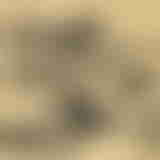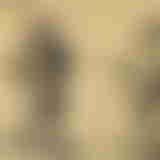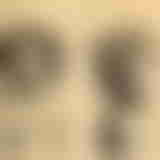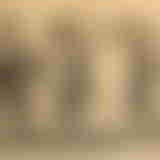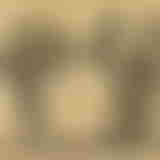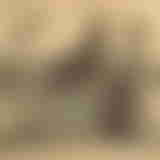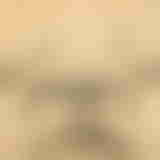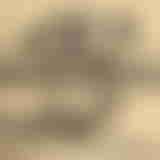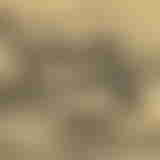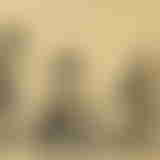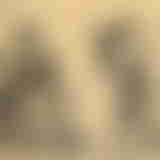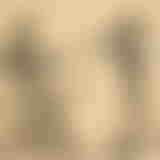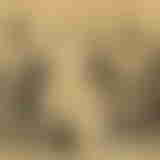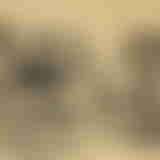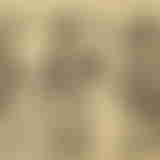Featured on PDR in the collection Fortunio Liceti’s Monsters (1665)
The etymology of “monster” connects it to words like demonstration and remonstrate. There is an ominous sense here, but also something revelatory. Monsters often serve as mirrors of the society they inhabit — cultural bodies that cast light on the instability of social and scientific categories. The selected “monsters” below come from the 1665 edition of Fortunio Liceti's De Monstris (originally published in 1616 without illustrations), which included more than seventy copies of copperplate engravings by the artist Giovanni Battista Bissoni. Although not the first work on the topic of deformities in nature, De Monstris was perhaps the most influential of the period. In its wake, there was a torrent of interest throughout Europe in so-called “monstrosities”: pygmies, supposed mermaids, deformed fetuses, and other natural…







